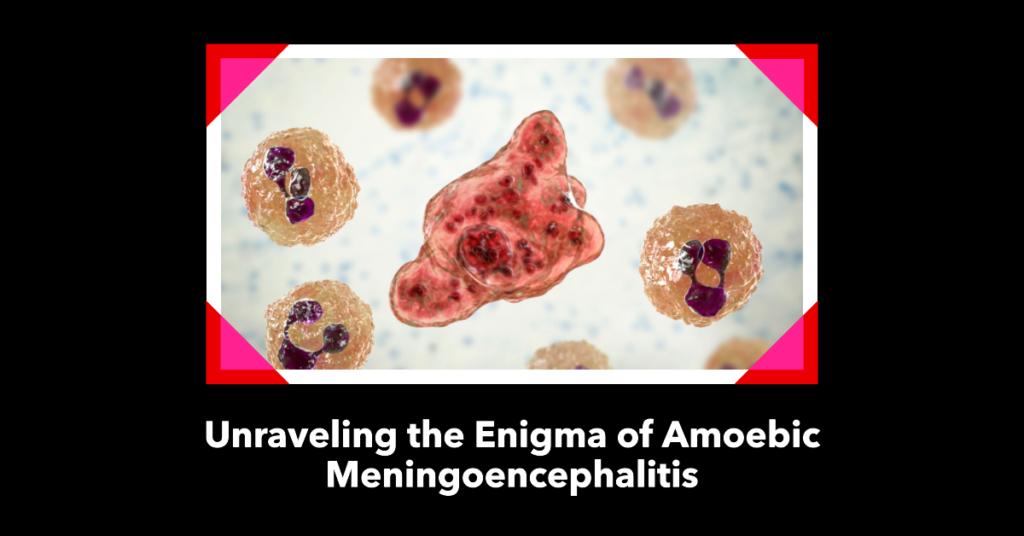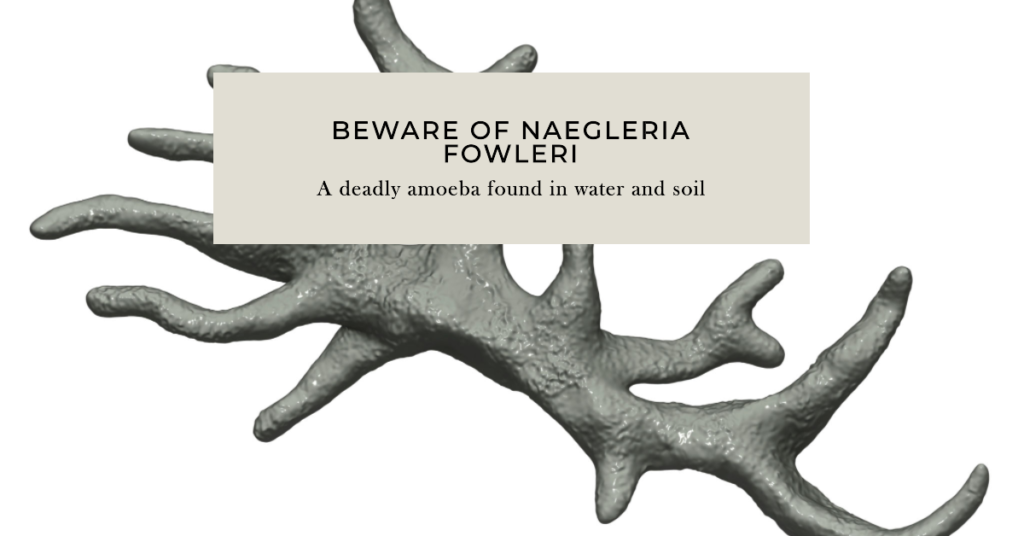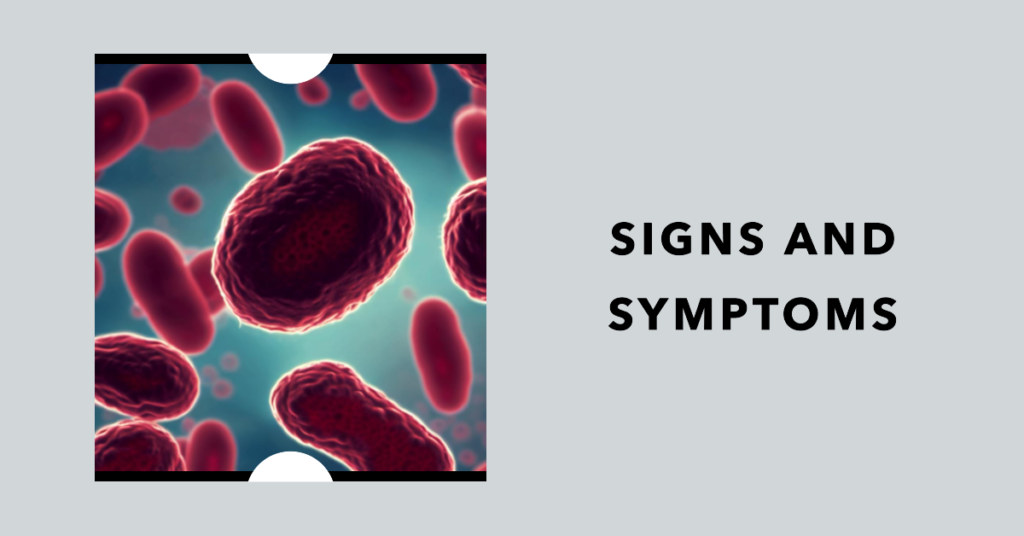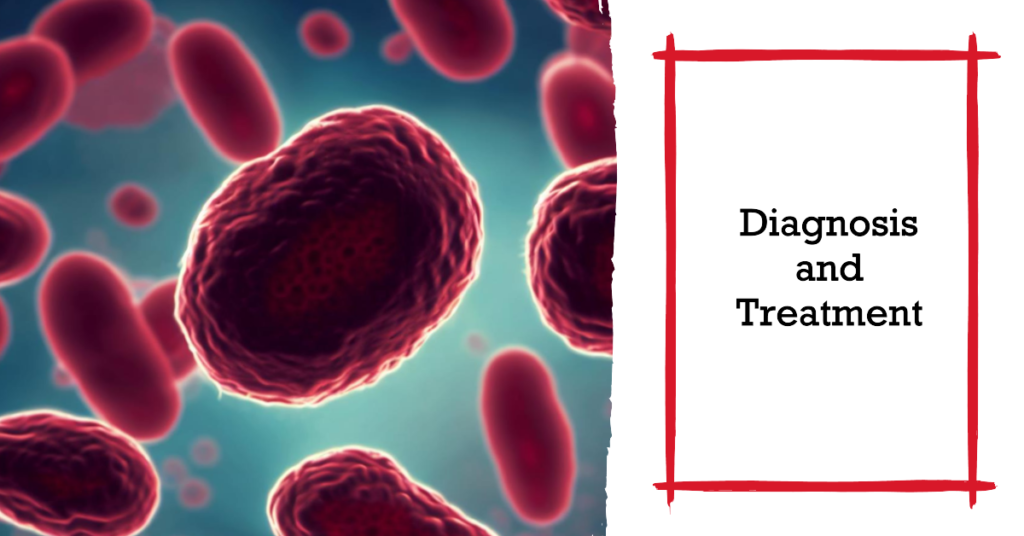The world of microorganisms is vast and profound, hosting entities that are crucial for life, along with those which threaten it. Among these, the parasite causing primary amoebic meningoencephalitis, an extremely severe brain infection, is a sobering reminder of nature’s lurking dangers. This blog will unravel the intricate world of amoebic meningoencephalitis, providing you with a comprehensive understanding of this rare but deadly condition.
What is Amoebic Meningoencephalitis?

Amoebic meningoencephalitis is a severe and often fatal brain infection. It’s primarily caused by Naegleria fowleri, a free-living amoeba found mainly in warm freshwater environments such as hot springs, warm lakes, untreated swimming pools, and soil. The infection occurs when the amoeba enters the body through the nose, travels to the brain, and causes severe inflammation and destruction of brain tissue, a condition known as meningoencephalitis.
Understanding Naegleria fowleri

Naegleria fowleri, often referred to as the “brain-eating amoeba,” is thermophilic, meaning it thrives in high-temperature environments. It’s most commonly found in stagnant freshwater during the hot summer months, especially in the Southern United States. Although it can survive in artificially heated waters, it cannot endure in saltwater, making oceans and seas safe from its clutches.
This microscopic single-celled organism has three life stages – cysts, trophozoites, and flagellated forms. However, only the trophozoite stage, which is the amoeba’s active, feeding, and dividing form, is responsible for causing disease.
How does the Infection Happen?

Infection typically occurs when individuals partake in water-based activities, like swimming or diving, in contaminated freshwater sources. The amoeba enters the human body through the nasal passages, often when water is forcibly pushed up the nose. From here, it travels along the olfactory nerve through the cribriform plate and into the brain, where it wreaks havoc.
While it’s a common misconception that drinking contaminated water can lead to infection, Naegleria fowleri does not cause amoebic meningoencephalitis when ingested orally. It’s important to note that person-to-person transmission doesn’t occur either.
Signs and Symptoms

The incubation period of the infection ranges between 2 to 15 days. Initial symptoms include severe frontal headache, fever, nausea, and vomiting, mirroring many less severe illnesses. As the infection progresses, neurological symptoms start to appear, such as stiff neck, seizures, hallucinations, altered mental status, and eventually coma. This rapid progression makes early diagnosis and treatment critically important.
Diagnosis and Treatment

Diagnosis of amoebic meningoencephalitis is often challenging due to its rarity and the commonality of its early symptoms with other illnesses. Medical professionals might use a variety of diagnostic tools, including brain imaging (like MRI or CT scans), cerebrospinal fluid analysis, and specific tests to detect the amoeba or its genetic material.
Treatment usually involves a cocktail of several types of medications to increase chances of success. These may include antifungal drugs, antibiotics, and a drug named miltefosine that has shown promise in combating the infection.
However, even with prompt treatment, amoebic meningoencephalitis often results in severe neurological damage or death. The overall fatality rate exceeds 95%, underscoring the grave seriousness of this infection.
Prevention
Prevention is the key to avoid Naegleria infection. Measures include limiting swimming or diving in warm freshwater bodies, especially during the hot summer months when the amoeba is most prevalent. If you do swim, using nose clips or keeping your head above water can prevent water from entering your nasal passages. Also, avoid stirring up sediment in shallow warm freshwater areas.
Conclusion
Amoebic meningoencephalitis is a rare but deadly infection that serves as a stark reminder of the delicate balance we maintain with our environment. By deepening our understanding of this condition, we can foster safer interactions with the natural world around us. The ongoing research in the field of parasitology and neurology, along with public health efforts, is crucial to uncover better methods of diagnosis, treatment, and prevention of this devastating disease.
The world of amoebic meningoencephalitis is a sobering reality of the microbial cosmos that coexists with us. Yet, with knowledge comes power – the power to prevent, recognize, and treat. As we continue to explore these invisible realms, we inch closer to securing a safer, healthier world.